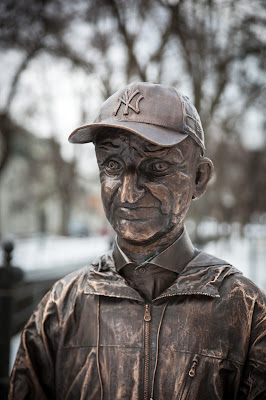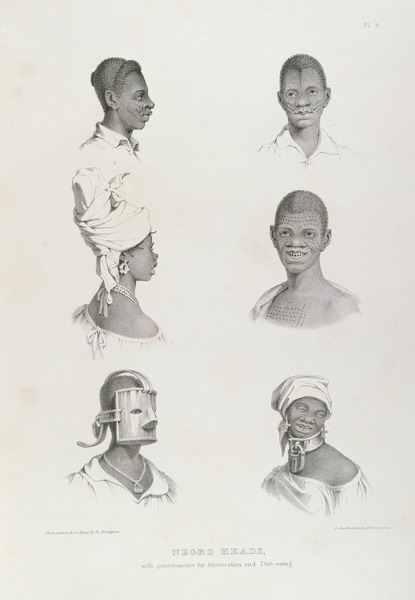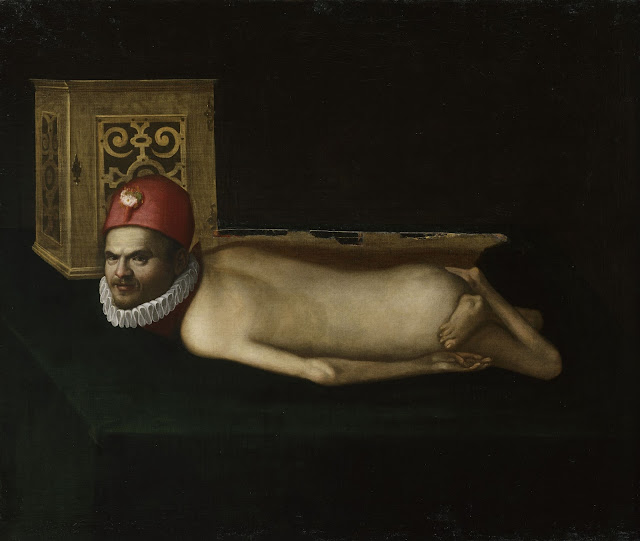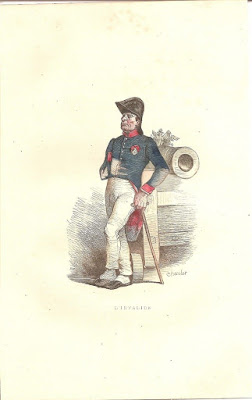A warm hug in the cold: The statue of Bo Östlin
By Matilda Svensson Chowdhury
”He was different, but dauntless”
In the pedestrian zone in the cold Swedish town Hudiksvall, located at the coast to the Gulf of Bothnia and at the same latitude as Anchorage, Alaska, there is a heated bronze statue. The snow that falls on it melts instantly. It also generates a different warmth, of the mental kind that makes people stop and think.
The statue shows a man, an ordinary man in plain clothes, laced-up shoes, trousers, a shirt buttoned all the way up and a simple jacket with a zipper. He clasps his hands together in front of his body. On his head a hat with a New York Yankees logo. The man’s face looks relaxed, he faces the spectator curiously but a bit shyly, meeting everyone’s eyes with a hesitant smile.
This is not a statue of an emperor, a God or a Founding Father of a country. Neither is it a statue of an anonymous nobody. In the midst of its plainness, this is a statue unique in its kind; it is (probably) the world's first public statue that is showing a person born with an intellectual disability.
The man is Bo Östlin, known to the people around him as Bosse. He was born in 1952, in a time characterized by the institutionalization of persons with disabilities. Instead of becoming one of the many children growing up without the possibility of autonomy and lacking daily family life, Bo was allowed to grow up in a regular home with his parents and brother. It has been stressed that this might be one of the reasons behind his pleasant personality.
Östlin was a well-known, nationally acclaimed actor when he died from a brain haemorrhage in July 2015. He had played in several theatre shows at Glada Hudik Theatre, a Swedish theatre ensamble where the majority of actors have some form of intellectual disability. He had also had roles in movies like The Importance of Tying Your Own Shoes (2011) and Hur många kramar finns det i världen? (How many hugs exists in the world?) (2013).
When he died the grief struck not only those closest to him but also people who never met him. Pär Johansson, founder and executive director of Glada Hudik Theatre, says in an interview that the official facebook message that the theatre sent out to make the death known to the public was viewed some 3 million times during the first 24 hours after it was posted. Up until today it has been shared about 14 000 times, and below it 16 000 comments and 68 000 emoji-reactions have been posted. Many national newspapers wrote about Östlin’s passing, and when the local soccer team played a few days later they wore black armbands, signifying mourning. Before the kick-off there was a minute of silence. This says a lot about Östlin, his place in Hudiksvall and in Sweden and the way people viewed him and wanted to pay tribute to him in the aftermath of his death.
The Swedish artist Hanna Beling designed the statue. She is mostly known for having created the faces of several popular statues of other famous people, including the face of author Astrid Lindgren in a well-known memorial. In an interview, Belin has said that working on the Bo Östlin statue felt very important since it was an historical event, and refers to the perception that the statue is the first to publicly memorialize a person born with an intellectual impairment.
On November 27 2016 the statue was unveiled at a well-attended ceremony. Henrik Persson, chairperson of the social welfare board in Hudiksvall municipality, was one of the speakers. In his address, he said that the statue should symbolize “the value and warmth brought by diversity. The statue shall symbolize the equal value of every person, and perhaps above all, the statue must symbolize the atonement of all disabled people in society!” These are big words for a statue of a man in a zipped-up jacket and with a New York Yankees cap on his head. However, it seems that Persson has been proven right about the great significance of the monument. Mörk tells that when a young woman was brutally murdered in the city in the spring of 2017, it was at the Bo Östlin statue that people gathered and flowers were laid down. It therefore appears that in only a short period of time, the statue has become more than a monument. It is a site that brings unity and comfort to the entire community.
Cultural heritage in association with disability have recently been studied in a number of projects in Sweden. For example, a research project at Uppsala University on Ulleåker, one of the major institutions for people with intellectual disabilities, is currently being conducted with a cultural heritage perspective. For the Swedish National Heritage Board, however, the link between “disability” and “cultural heritage” seems to be largely about accessibility. At least on their webpage this is the case, where we under the headline “Heritage for all!” find descriptions on how accessibility for wheelchair users or for the blind can be increased at cultural heritage sites. Hopefully, this understanding will be broadened by the impact that the Bo Östlin statue has had.
”He was different, but dauntless”
In the pedestrian zone in the cold Swedish town Hudiksvall, located at the coast to the Gulf of Bothnia and at the same latitude as Anchorage, Alaska, there is a heated bronze statue. The snow that falls on it melts instantly. It also generates a different warmth, of the mental kind that makes people stop and think.
The statue shows a man, an ordinary man in plain clothes, laced-up shoes, trousers, a shirt buttoned all the way up and a simple jacket with a zipper. He clasps his hands together in front of his body. On his head a hat with a New York Yankees logo. The man’s face looks relaxed, he faces the spectator curiously but a bit shyly, meeting everyone’s eyes with a hesitant smile.
This is not a statue of an emperor, a God or a Founding Father of a country. Neither is it a statue of an anonymous nobody. In the midst of its plainness, this is a statue unique in its kind; it is (probably) the world's first public statue that is showing a person born with an intellectual disability.
 |
| A bronze statue of a small man, smiling and standing with his hands folded, surrounded by dirty snow. Photographer: Björn Lans/Balansfoto |
The man is Bo Östlin, known to the people around him as Bosse. He was born in 1952, in a time characterized by the institutionalization of persons with disabilities. Instead of becoming one of the many children growing up without the possibility of autonomy and lacking daily family life, Bo was allowed to grow up in a regular home with his parents and brother. It has been stressed that this might be one of the reasons behind his pleasant personality.
Östlin was a well-known, nationally acclaimed actor when he died from a brain haemorrhage in July 2015. He had played in several theatre shows at Glada Hudik Theatre, a Swedish theatre ensamble where the majority of actors have some form of intellectual disability. He had also had roles in movies like The Importance of Tying Your Own Shoes (2011) and Hur många kramar finns det i världen? (How many hugs exists in the world?) (2013).
When he died the grief struck not only those closest to him but also people who never met him. Pär Johansson, founder and executive director of Glada Hudik Theatre, says in an interview that the official facebook message that the theatre sent out to make the death known to the public was viewed some 3 million times during the first 24 hours after it was posted. Up until today it has been shared about 14 000 times, and below it 16 000 comments and 68 000 emoji-reactions have been posted. Many national newspapers wrote about Östlin’s passing, and when the local soccer team played a few days later they wore black armbands, signifying mourning. Before the kick-off there was a minute of silence. This says a lot about Östlin, his place in Hudiksvall and in Sweden and the way people viewed him and wanted to pay tribute to him in the aftermath of his death.
In a short film about Bo Östlin from 2017, Pär Johansson states that he was important in two ways: he was helpful and he was very generous with his hugs. He would often say that hugging puts one in a “happy mood”. According to Johansson, this was the reason for equipping the statute with heating coils. Because, as Johansson says, “if one feels they are having a bad day, they can go and give Bosse a hug and that might help.” Through the statue, Bo lives on and continue to give warmth to those in need.
Johanna Mörk, Public Relations Manager at Glada Hudik Theater, tells us that the decision to raise a statue was a quick and easy one. According to her, the idea was very well received, and the common reaction was “Of course, Bosse must be a statue!”. The project itself brought many people from different parts of society together. The contact with the municipality went smooth. Mörk says that "everyone pulled in the same direction, it was only the bureaucratic parts that needed to come in place". A crowdfunding initiative helped with the financing. Many individuals donated small sums, and many of the theatre’s partners donated both larger amounts and items that was put up for auction in favour of the statue. What seemed important to those who participated was, says Mörk, that Östlin’s message -- the importance of hugs -- lived on.
 |
| A close-up of the same statue, showing the man’s face. Photographer: Björn Lans/Balansfoto |
The Swedish artist Hanna Beling designed the statue. She is mostly known for having created the faces of several popular statues of other famous people, including the face of author Astrid Lindgren in a well-known memorial. In an interview, Belin has said that working on the Bo Östlin statue felt very important since it was an historical event, and refers to the perception that the statue is the first to publicly memorialize a person born with an intellectual impairment.
On November 27 2016 the statue was unveiled at a well-attended ceremony. Henrik Persson, chairperson of the social welfare board in Hudiksvall municipality, was one of the speakers. In his address, he said that the statue should symbolize “the value and warmth brought by diversity. The statue shall symbolize the equal value of every person, and perhaps above all, the statue must symbolize the atonement of all disabled people in society!” These are big words for a statue of a man in a zipped-up jacket and with a New York Yankees cap on his head. However, it seems that Persson has been proven right about the great significance of the monument. Mörk tells that when a young woman was brutally murdered in the city in the spring of 2017, it was at the Bo Östlin statue that people gathered and flowers were laid down. It therefore appears that in only a short period of time, the statue has become more than a monument. It is a site that brings unity and comfort to the entire community.
 |
| A close up of the face of Bo when he is hugging somebody, hashtagged with #slutaaldrigkramas (never stop hugging). Photographer: Jonas Rudström |
Cultural heritage in association with disability have recently been studied in a number of projects in Sweden. For example, a research project at Uppsala University on Ulleåker, one of the major institutions for people with intellectual disabilities, is currently being conducted with a cultural heritage perspective. For the Swedish National Heritage Board, however, the link between “disability” and “cultural heritage” seems to be largely about accessibility. At least on their webpage this is the case, where we under the headline “Heritage for all!” find descriptions on how accessibility for wheelchair users or for the blind can be increased at cultural heritage sites. Hopefully, this understanding will be broadened by the impact that the Bo Östlin statue has had.
Through the statue’s central placement in town it gives space to the historic person Bo Östlin and to his life history - that is, to the Swedish history of persons with intellectual disabilities. It is a testimony to the de-institutionalization and to the integration of people with disabilities in the Swedish society. And in times of austerity, when cuts in social support to persons with disabilities are common also in Sweden, it is an important reminder on the significance of a society in which solidarity and equal opportunities always must be an objective. Through the collaborative process behind its creation, and the function as a meeting place it spontaneously acquired, it carries the legacy of a remarkable man.
Recommended Citation:
Matilda Svensson Chowdhury (2017): A warm hug in the cold: The statue of Bo Östlin. In: Public Disability History 2 (2017) 15.
Matilda Svensson Chowdhury (2017): A warm hug in the cold: The statue of Bo Östlin. In: Public Disability History 2 (2017) 15.


